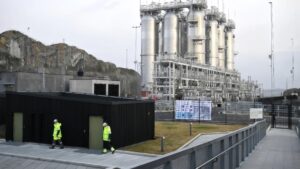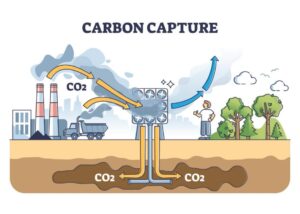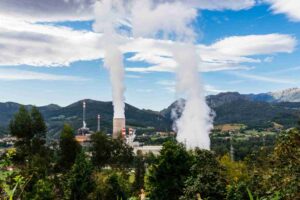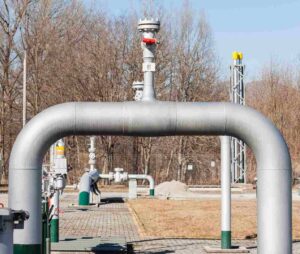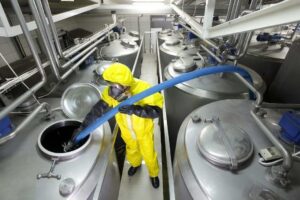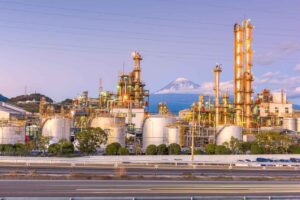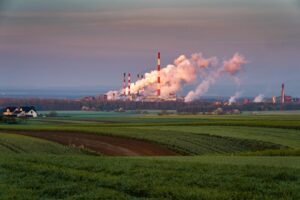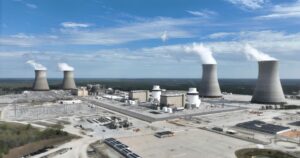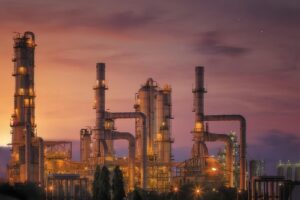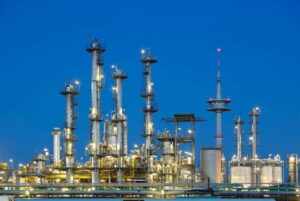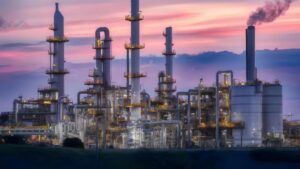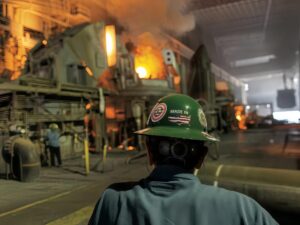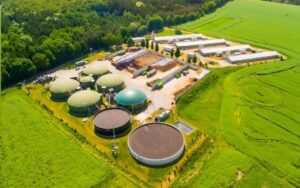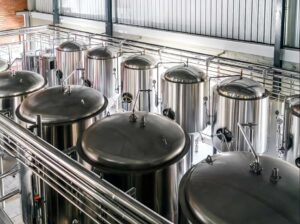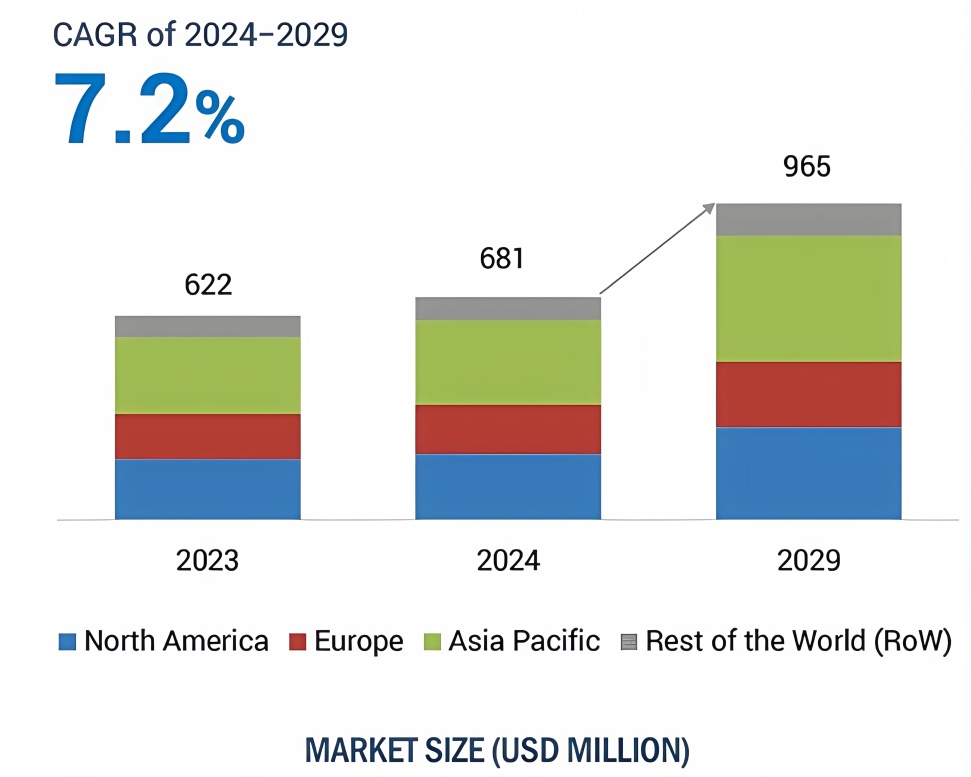
When weighing how much to spend on an infrared gas analyzer, the real issue isn’t just price. You want performance, accuracy, and long-term value that align with your operational needs. That means asking: does the unit deliver consistent readings, require minimal upkeep, and support smarter decisions over time?
We’ll follow a clear, top-down flow:
- Start with essential evaluation criteria across the industry
- Then dig into what makes the IR-GAS-600 stand out technically
- Finally, build toward strategic, value-driven thinking for smart spending
By layering insight this way, you’ll connect the dots—from general benchmarks to focused analysis and real impact.
Why Does Budgeting Matter for an Infrared Gas Analyzer?
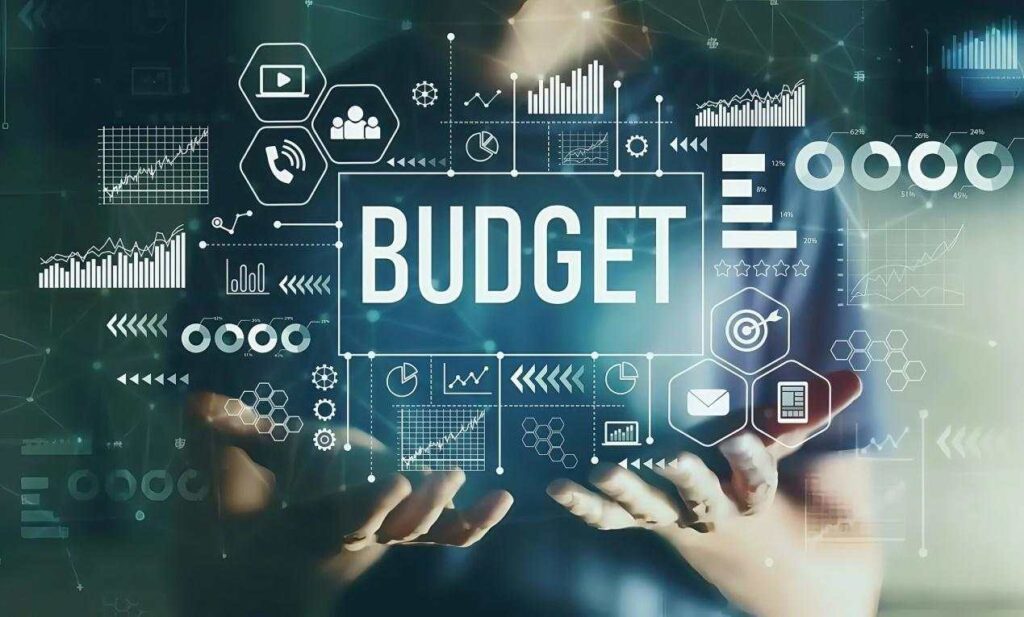
(Budget)
1. Role of Infrared Gas Analyzers in Industrial Environments
Infrared gas analyzers play a critical role in industry by tracking key gases like CO, CO₂, CH₄, and sometimes O₂ and H₂. They ensure safe working conditions, tight regulatory compliance, and precise process control. For example, in emissions monitoring or combustion systems, the ESEGAS IR-GAS-600 can deliver real-time gas concentrations that inform operational decisions and uphold environmental standards. By combining multi-gas accuracy with rapid detection, these instruments guard both people and the environment.
2. Cost Variables in the Analyzer Market
The price of infrared gas analyzers spans a wide range:
- Brand-new models typically sell between $2,000 and $30,000.
- Used or refurbished units often cost around $500 to $20,000.
- Adavanced FTIR-base gas analyzers often sit between $30,000 and $70,000
These ranges reflect differences in features such as gas detection range, durability of components, and included software support. In other words, the spread represents varying levels of capability and reliability—even before evaluating lifecycle value.
3. Trade-offs Between Upfront Cost and Lifecycle Value
Spending less at purchase can lead to higher long-term costs. Consider:
- Stability: Less-expensive units may drift and demand frequent recalibration.
- Response time: Slower readings can delay critical decisions.
- Sensor durability: Shorter life cycles mean replacing components sooner.
- Maintenance time: More hands-on upkeep eats into productivity.
An infrared analyzer with stronger stability and longer service intervals can save effort, money, and risk—making a slightly higher initial investment entirely sensible.
Budgeting wisely means balancing initial cost with operational efficiency and long-term reliability. A lower sticker price may feel appealing, but it’s the steady performance—day after day—that proves real value. Engineers and technical decision-makers benefit from clarity here: when you weigh design needs and lifecycle expectations, you can align spending with both quality and budget strategy.
What Core Considerations Guide Investment in an Infrared Gas Analyzer?
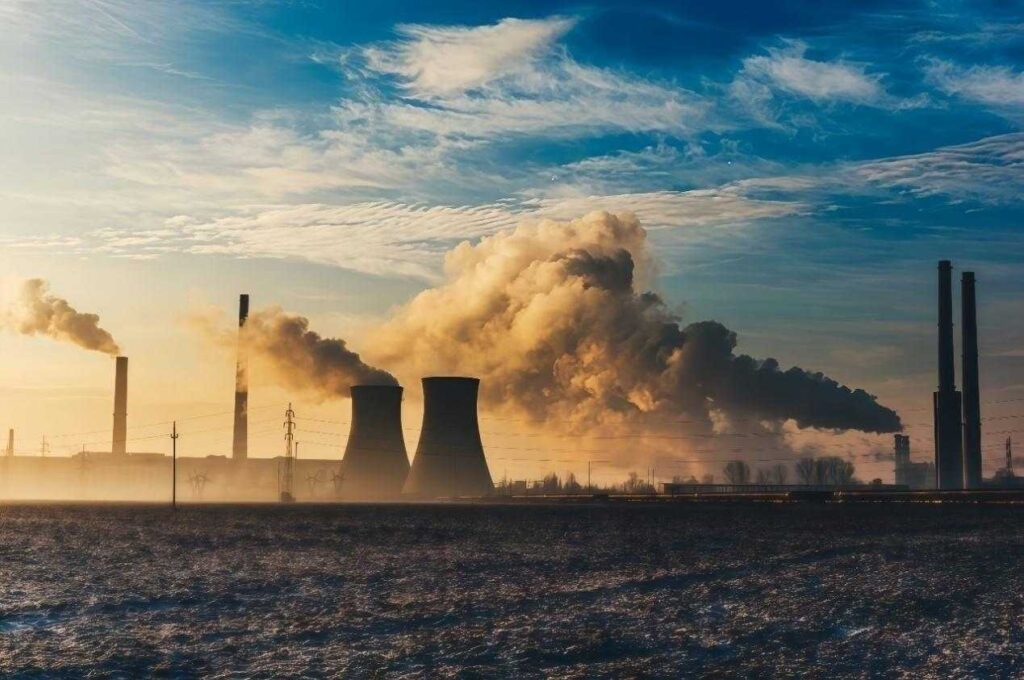
1.Analytical Range and Target Gases
The ESEGAS IR-GAS-600 delivers broad gas coverage in one compact unit. It use NDIR technology to measure CO, CO₂, CH₄ simultaneously, with flexible options: O₂ via electrochemical or non-depleting paramagnetic sensor, and even H₂ via thermal-conductivity detector where needed.
Moreover, the ESE-FT600, using FTIR technology, can monitor a wide range including SO₂, NOx, CH₄, HCl, HF, CO, CO₂, O₂, H₂O, with expandable support for NH₃, SO₃, N₂O, VOCs.
- Why that matters: Consolidating multiple gas measurements reduces complexity, saves space, and simplifies integration—especially in multi-gas industrial processes.
2.Measurement Performance and Stability
This analyzer uses temperature-controlled or temperature-compensated detectors to ensure tight measurement accuracy and resist drift over time.
- Why that’s critical: Inconsistent readings or regular drift force frequent recalibration. A stable IR system ensures consistent performance with minimal recalibration—and that translates into trust and uptime.
3.Response Time and Real-Time Feedback
The IR-GAS-600 delivers fast response times suited for dynamic environments like emissions spikes or process upsets.
- Why that helps: When gas levels change rapidly, you need a system that keeps pace. Quick feedback supports timely corrective action and strengthens control.
4.Calibration and Maintenance Overhead
Automation matters. Regular calibration is essential, and ESEGAS instruments often support automated zero-point calibration, easing the burden.
- Why that’s beneficial: Automating calibration reduces manual workload and human error—freeing engineers to focus on operations rather than upkeep.
5.Operational Environment Resilience
Using non-contact NDIR methodology, the IR-GAS-600 resists interference, moisture, dust, and background fluctuations.
- Why that’s reassuring: Harsh or variable environments pose challenges. Robust NDIR design ensures accurate measurements even in demanding conditions.
6.Regulatory and Compliance Implications
High-fidelity, multi-gas readings help ensure emission limits are met. Precise data bolsters compliance, avoids penalties, and protects reputations.
- Why this matters: In regulated industries, measurement errors aren’t just technical—they carry real legal and financial consequences.
7.Long-Term Support and Upgradeability
When evaluating investment, vet not just specs but also supplier support: firmware updates, spare parts, calibration kits, and future upgrades. Reliable supplier networks pay dividends over an instrument’s lifecycle.
Choosing a gas analyzer goes beyond specs. It’s about aligning measurement capabilities with real-world demands: regulatory pressures, fluctuating gas streams, tight maintenance windows. Plus, it’s strategic thinking—better stability and support reduce downtime, sharpen safety, and ultimately deliver meaningful ROI. The IR-GAS-600 may come at a premium—but it’s a calculated investment in reliability, clarity, and continuous performance.
What Makes the ESEGAS IR-GAS-600 Series Stand Out as an Infrared Gas Analyzer?
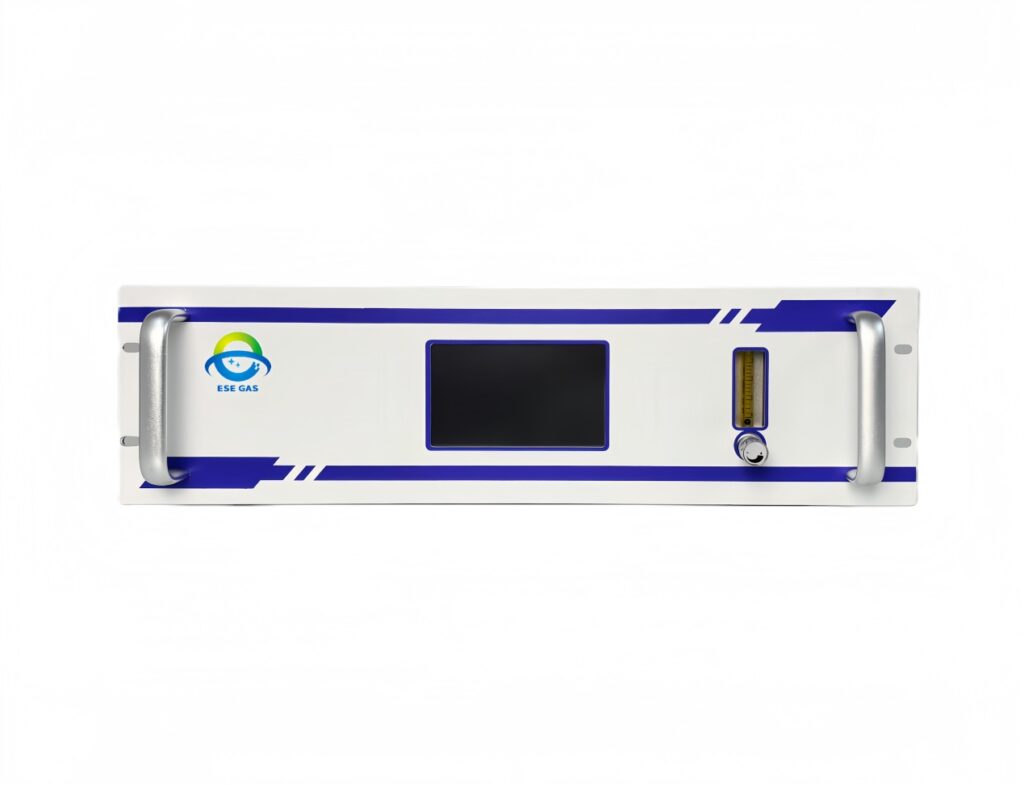
A. Technical Strengths
The ESEGAS IR-GAS-600 shines with a rich feature set: it measures CO, CO₂, and CH₄ all at once using precision NDIR detectors. You also get optional O₂ analysis via paramagnetic or electrochemical sensors. To top it off, all sensors are temperature-controlled or compensated, delivering high stability even when conditions vary.
These built-in refinements offer more than specs—they mean reliable, continuous readings, fewer surprises, and peace of mind on the plant floor.
B. Application Versatility
This analyzer adapts well across many use cases. It suits environmental monitoring, handles tracking industrial emissions, and fits tough applications like biogas analysis and landfill gas monitoring. That versatility lets you consolidate measurement systems, streamline training, and simplify support.
C. Unique Selling Propositions
Thanks to its non-contact NDIR design, the IR-GAS-600 resists interference and avoids fouling, meaning less maintenance and consistent performance. And whether humidity climbs or temperature shifts, its robust real-time response ensures you get sharp, actionable data—when it counts.
D. Value Drivers
Investing in this tech isn’t just about features—it’s about quantifiable benefits:
- Reduced downtime: reliable optics and stable sensors mean fewer service interruptions.
- Lower calibration frequency: temperature-controlled sensors stay accurate longer.
- Compliance risk mitigation: precision readings reduce violations and safeguard operations.
All of which translates into fewer headaches and real cost savings over time
E. Price Benchmarking
Exact pricing for the IR-GAS-600 isn’t public. However, similar infrared analyzers generally fall in the $2,000–$50,000 range for new systems. Thus, when evaluating value, focus on what you gain—not just the sticker—such as integrated multi-gas capability, stability, and support infrastructure.
How Should You Tailor Your Spending Strategy for an Infrared Gas Analyzer?

For General Technical Readers and First-Time Buyers
If you’re new to gas analyzers, think about core needs: reliable detection, basic stability, and simplified upkeep. You don’t need bells and whistles—just solid performance.
Consider these budget tiers:
- Entry level (~$5K–$10K): Offers basic IR detection, likely with manual calibration.
- Mid-range (~$10K–$25K): Matches IR-GAS-600-level features—multi-gas detection and automated calibration.
- Premium (>$25K): Adds advanced analytics, remote communication, and extended sensor options.
This tiered view helps you invest smartly—getting what you need and avoiding waste.
For Plant Engineers and Procurement Managers
Here’s where depth matters. Don’t fixate on sticker price—focus on total cost of ownership (TCO). Factor in:
- Maintenance and calibration costs
- Downtime from failures
- Risk of compliance fines
- Supplier lifecycle support
Also, compare IR-GAS-600 to alternatives like portable FTIR or handheld units. Ask: does the price justify the performance and integration value? Then, think about intangible gains—enhanced safety, downstream automation, and regulatory peace of mind.
Strategic Prompts for Deeper Thinking
Before pulling the trigger, pause and reflect:
- Could spending a bit more on a stable, robust analyzer cut re-calibration needs and downtime?
- How might your needs shift? Stricter emissions limits, smarter plant interfaces, or remote diagnostics may loom ahead.
In other words, think not only about the “now” but also the “what if.” A well-chosen analyzer today can avoid costly upgrades—or worse—a compliance failure tomorrow.
Conclusion
Ultimately, the right spend comes down to a smart match between analyzer capability and your specific needs. Whether you manage a small-scale setup or a full-scale plant, aligning cost with purpose ensures you get the right performance without burning unnecessary budget. Effective budgeting asks: what do you need now, what may you need later, and how does the price serve both?
The key question isn’t simply “how much”, but rather “why”. Why invest at a certain level? The smartest choice ties your cost directly to operational value, facility sustainability, and long-term peace of mind. When you think in terms of vision—not just budget—you invest not just in a tool, but in consistent performance and future resilience.
If you want to know more details, contact with us!




